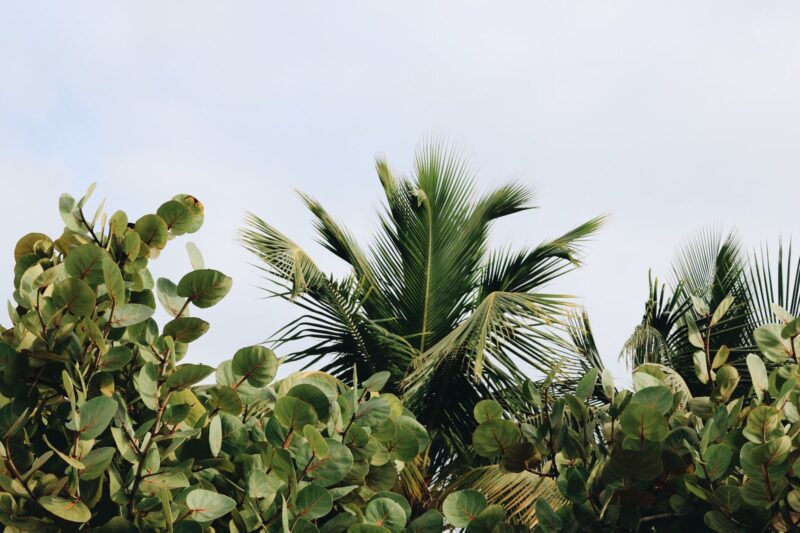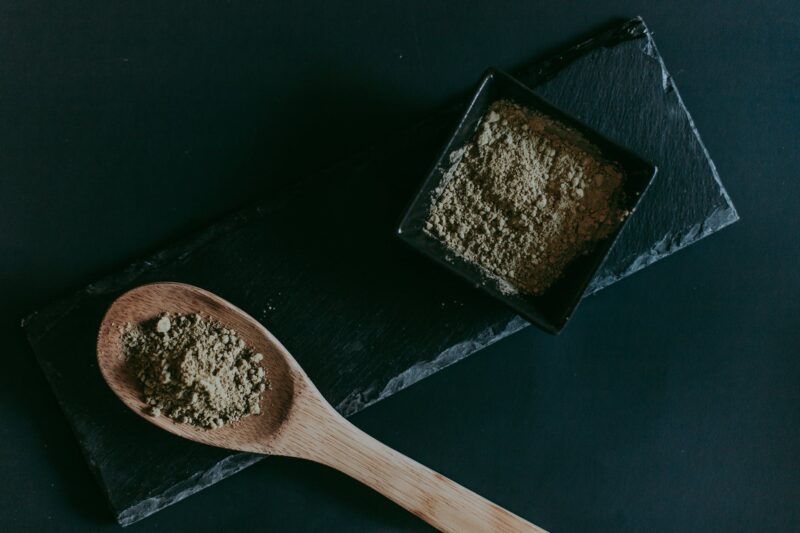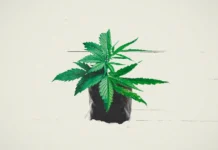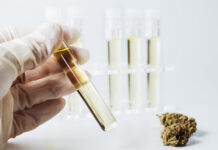Plants convert carbon dioxide into oxygen, pleasing the eye and refreshing the interior. And some of them have “superpowers” — to purify the air from harmful substances, treat, and get rid of depression.
All their lives, people try to create a valuable and cozy atmosphere around them. To do this, they grow different plants that will please them, both at home and in the infield.
Indoor plants
Lovers of indoor plants are more often guided by the external beauty of a particular flower, choosing plants for the house. Of course, a beautiful flower can please the eye, one of its kind improving the household’s mood. But some plants can also have a beneficial effect on the human body.
Today, you can find many such flowers that can be used as infusions to treat specific ailments. Or apply fresh leaves to the wounds, which perfectly disinfect them and heal them.
However, the benefits of indoor plants are not only in this. The fact is that home flowers strongly affect the human psyche. For example, if you are depressed, many people grab cigarettes or start drinking alcoholic beverages.
It did not seem funny, but psychologists advise having amply plants, which hang leaves and stems. Through them, a person who is in a stressful situation, there is relaxation. Along with this, it is worth noting that indoor plants play a special role in creating a home interior.
There are some plants, herbs that act as painkillers or healing agents because they possess amazing botanicals. For example:

Aloe Vera:
- strengthens the immune system
- cleanses the blood
- treats diseases of the nervous, cardiovascular, digestive and urinary systems
- it has an anti-inflammatory, bactericidal effect
- treats eye diseases
- increases the secretion of the digestive glands
Sage:
- helps in the treatment of skin diseases, external wounds, ulcers, tumors
- it has anti-inflammatory properties
- it has a restorative effect on the body
- restricts sweating
- helps with diarrhea
- promotes the prevention of arthritis and the treatment of frostbite
Echinacea:
- it has an immunostimulating effect
- increases the body’s resistance to viral and infectious diseases
- it has an anti-inflammatory and analgesic effect
- helps with burns, boils, wounds, abscesses, urticaria, insect and snake bites, eczema, herpes and other skin diseases
- it is used for diseases caused by exposure to ultraviolet rays, ionizing radiation, and chronic inflammatory processes
Ginkgo Biloba:
- stimulates mental activity
- improves concentration, clarity of thinking and memory
- slows down the development of senile dementia and the aging process of the brain
- relieves dizziness and headaches
- fights depressive states
- stimulates quick reaction and performance
- improves sleep
Kratom

What is Kratom?
Wikipedia says the following:
Kratom (Latin: Mitragyna speciosa) is a large tree native to Southeast Asia, a species of the genus Mitragyna of the Madder family (Rubiaceae).It was first described by the Dutch botanist Peter Kortals in the 30s of the 19th century.
The range of kratom growth is not particularly wide. It includes only the tropical region of Southeast Asia, where the plant naturally grows in Thailand and Malaysia; in Indonesia, it is found on the islands of Kalimantan and Sumatra, in the Philippines — Luzon, Mindanao, Mindoro, and kratom is also known in Papua New Guinea.Separately cultivated on the territory of Indochina in Vietnam.
So what’s the truth? Is this drug a godsend, do you think, consumers? Is it a dangerous drug that needs to be banned, or is it something more substantial? A drug is awaiting official recognition.
Kratom has two sides and two different views on it in the public consciousness. Kratom users see this drug as salvation. Some of them use it for pain, others as a means to wean themselves from opioids. Doctors tend to suspect this drug, and with good reason.
It has not been tested, at least in a meaningful way that would allow traditional medicine to give it the green light.
In medicine:

Traditionally, kratom leaves were used as a stimulant by farmers in Southeast Asia. Kratom has also been used to treat hypertension, cough, and diarrhea.
In Southeast Asia, fresh leaves are usually chewed of (most often permanently) by workers to achieve a stimulating effect and less fatigue. In other places, the dried leaves are usually brewed as tea or extracted with water, which is then evaporated into a resin suitable for consumption.
Kratom has a very high potential for medical use as a safer and cheaper alternative to methadone: it can relieve withdrawal symptoms from morphine-like opiates since it contains opioid agonists. In addition, many people use kratom tea as a sedative or a remedy for insomnia.
In 1999, Pennapa Sapcheron, director of the National Institute of Thai Traditional Medicine in Bangkok, said that kratom could treat opiate addiction and treat patients suffering from depression but stressed further research. Chemists at Chulalongkorn University have isolated mitragynine, which researchers can get to study.
Moreover, to be used as a psychoactive plant, kratom is used by Malay healers for deworming, improving blood circulation, improving tone, suppressing cough and diabetes symptoms. It is also used for such ailments as an enlarged spleen; it has an analgesic effect and promotes wound healing: fresh leaves of M. Speciosa are crushed and applied to wounds. In addition, it is used as a remedy for diarrhea, fever.
But there are also downsides to this unique plant.
Danger:

While some studies suggest that Kratom may have a positive effect on depression and other mood disorders, many scientists believe that the risk of harmful side effects exceeds any possible benefit from taking it. Consequences of Keratoma Abuse:
- Nausea
- Itching
- Sweated
- Dry mouth
- Locks
- Increased urination
- Loss of appetite
- Hallucinations
- In some cases, the symptoms of psychosis are also known.
- Withdrawal symptoms
Currently, kratom is not an illegal substance, and it is easy to order it online. Also, in some countries, you can safely put kratom for sale. It is sold as a green powder in packages and the form of tablets and capsules. In low doses amazingbotanicals.net, kratom has a stimulating effect, which leads to an increase in energy, talkativeness, and a decrease in the need for sleep. Higher doses of kratom have an effect similar to morphine, affecting opioid receptors and certain brain chemical messengers associated with emotional regulation and pleasure. But again , think twice, you can’t really solve some of your problems without this leaf?












